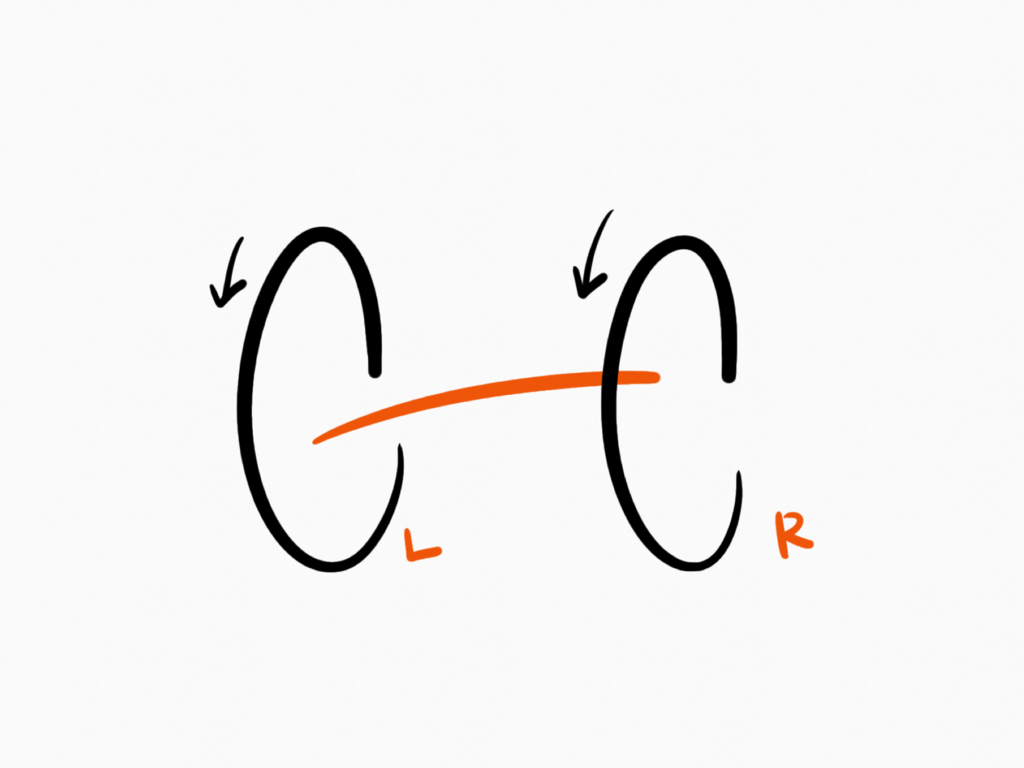Japan has a unique culture called budō, that is, martial arts with distinctive characteristics rooted in Japanese history, including methods, concepts, and terminology.
Today I read about a phrase in WEB HIDEN and thought, “Oh, I have heard this before.”
The article and video deal with “common principles of karate and kobudō.” The instructor says that, “Okinawa Karate and Ryūkyū Kobudō are two wheels of a cart.” In his interpretation, this refers to the technical level. In a nutshell, karate moves are comparable to kobudō moves, and in fact both complement each other. The description closes, saying “Learning karate deepens your understanding of kobudō, and learning kobudō deepens your understanding of karate!”
Obviously, this is common talk heard for many years, but now I started wondering about the “two wheels of a cart.” Where did it come from? I have heard and read this in connection with Okinawa karate and kobudō about twenty years ago, but is it really traditional Okinawan martial arts culture? Just as blonds are said to grow on trees in California, do great aphorists grow in dojo in Okinawa?
The phrase in Japanese is kuruma no ryōrin. It means “two wheels of a cart,” “two halves of the whole,” and “two wheels on which everything rolls.”
So where did it come from?
Tanaka Mamoru, Professor at the International Budo University in Japan, stated as follows in 2007:
“Recently, I didn’t hear the phrase bunbu ryōdō very often. Just as in the saying ‘literary (bun) and military arts (bu) are like the two wheels of a cart, and the two wings of a bird,” the goal of Japanese education has long been to combine both the literary and the military arts. Moreover, contemporary bunbu ryōdō is understood to be a balance between academics and sports, and an academically excellent sportsman should be regarded as the ideal image of young people.”
So here Tanaka relates “two wheels of a cart” to the characteristic Japanese education system, which in addition to academic excellence also emphasizes the practice of budō. Since education is crucial for the present and future of a country, “two wheels of a cart” is positioned here on the level of a national policy.
What else? Moving on to Wikipedia, in the article about Nihon Kendō Kata first established in 1912, it is said:
“Kendō kata and bamboo sword training are likened to the two wheels of a cart, and mastery of both is essential.”
Likewise, Umedzu and Hasagawa (2017) say that in kendō,
“form (kata) and competition match (shiai) […] are regarded as the two wheels of a cart.”
In “Considerations of Kata Practice in Kendō” (2011) by Kobayashi Yoshio (Juntendo University) and Ōbuki Teruo (Saitama University) it is said,
“In his “Outline of Bu” (published by Nippon Budōkan), Mr. Ōbuki wrote about the nature of the Nihon Kendō Kata, pointing out that ‘Originally, the Nihon Kendō Kata and the so-called kendō keiko should complement each other, like the two wheels of a cart.”
And according the Iaidō Club of Chūō University,
“It is often said that iaidō and kendō are like the two wheels of a cart. While kendō uses bamboo swords to defeat real enemies, iaidō uses real swords to defeat imaginary opponents.”
Further back, in Budō-gaku Kenkyū (1982), the magazine of the Japanese Academy of Budō, the following is stated about the matter:
“I think, the truth and reason referred to by Takuan points to the technical theory of kendō, while ri expresses the utility of the sword. For Takuan, the sword will be perfected by attaining a mental state of freedom from obstructive thoughts through mental training. And in addition to that, just like the two sides of the same coin, [mental training] is inseparable from the intense practice of techniques. In other words, technique and theory should be like the two wheels of a cart. Even in today’s kendō practice, Takuan’s theory is of great significance.”
All the above citations use exactly the same phrase of kuruma no ryōrin in the original text. There are a few difference in what exactly the two wheels represent, and Okinawa obviously also created its own interpretation. While there’s still room for speculation, without doubt the concept of “two wheels of a cart” was incorporated into Okinawa karate and kobudō by terminological and conceptual appropriation from Japanese budō, spread through popular media and word of mouth, and today reached a state where it is considered an inherent Okinawan martial arts concept by both practitioners and instructors alike.
© 2023, Andreas Quast. All rights reserved.

